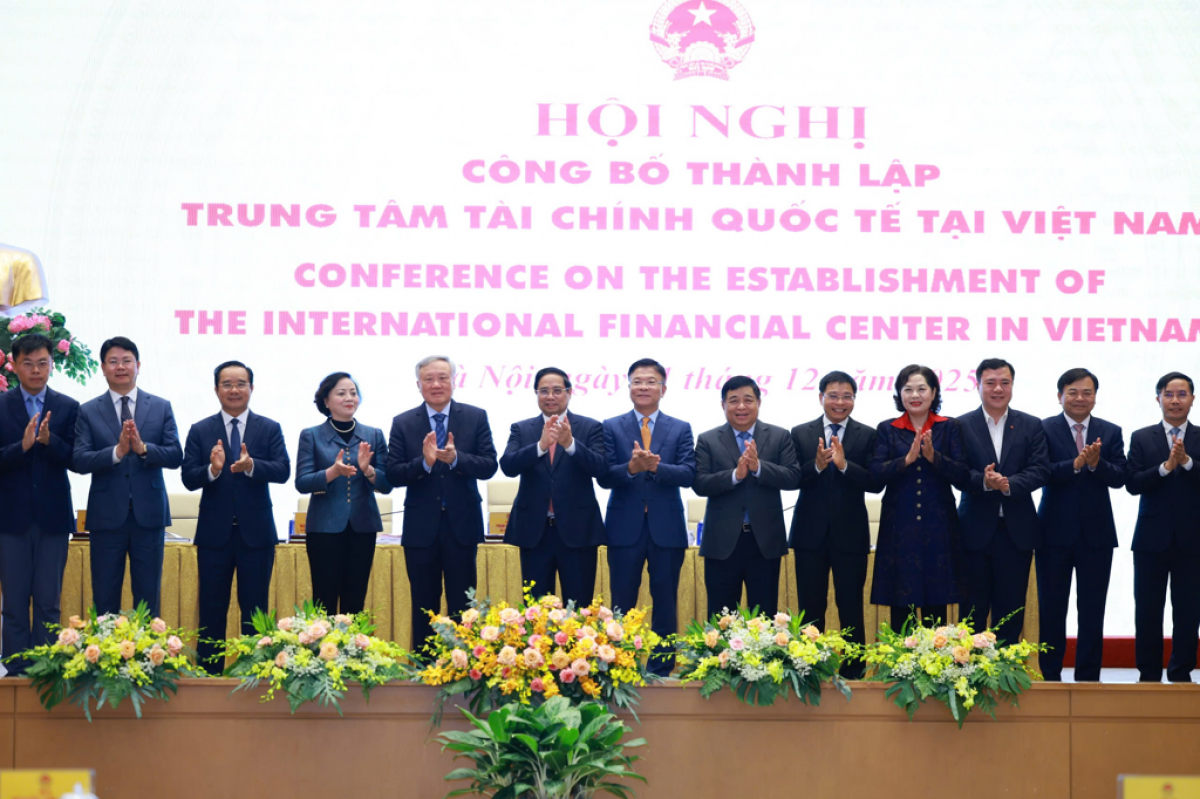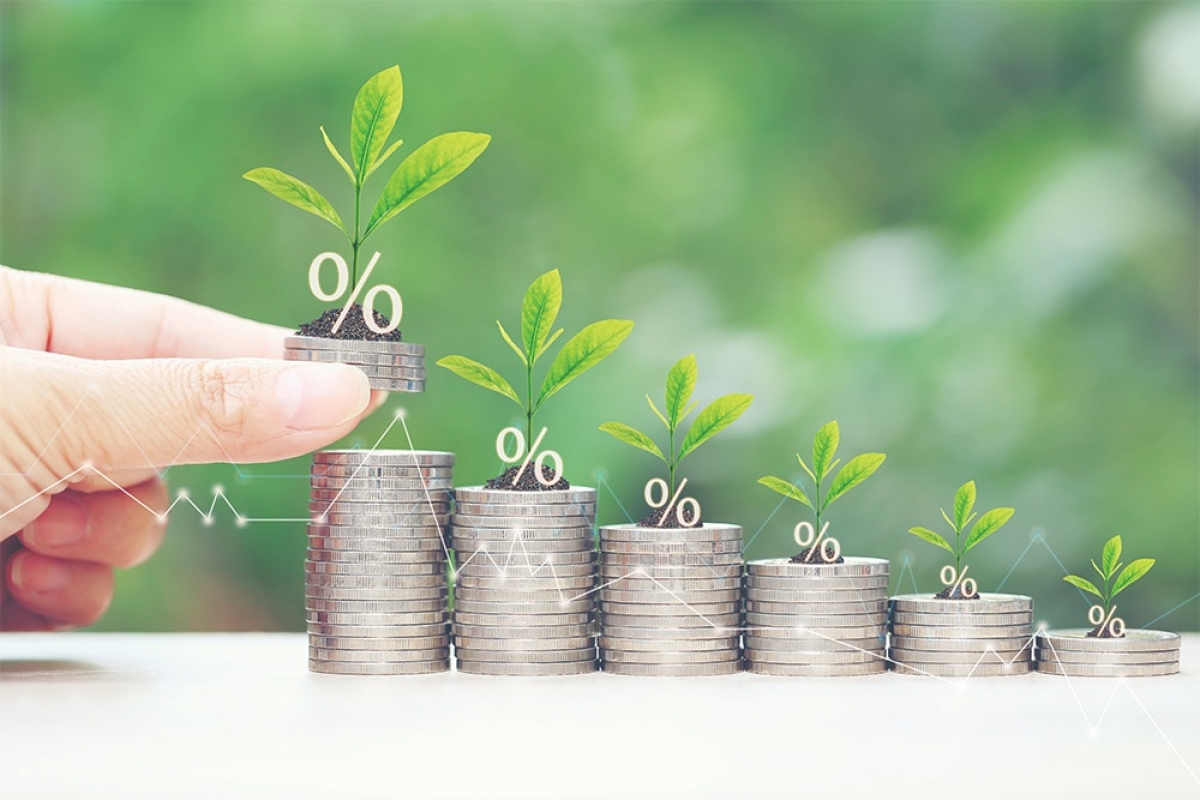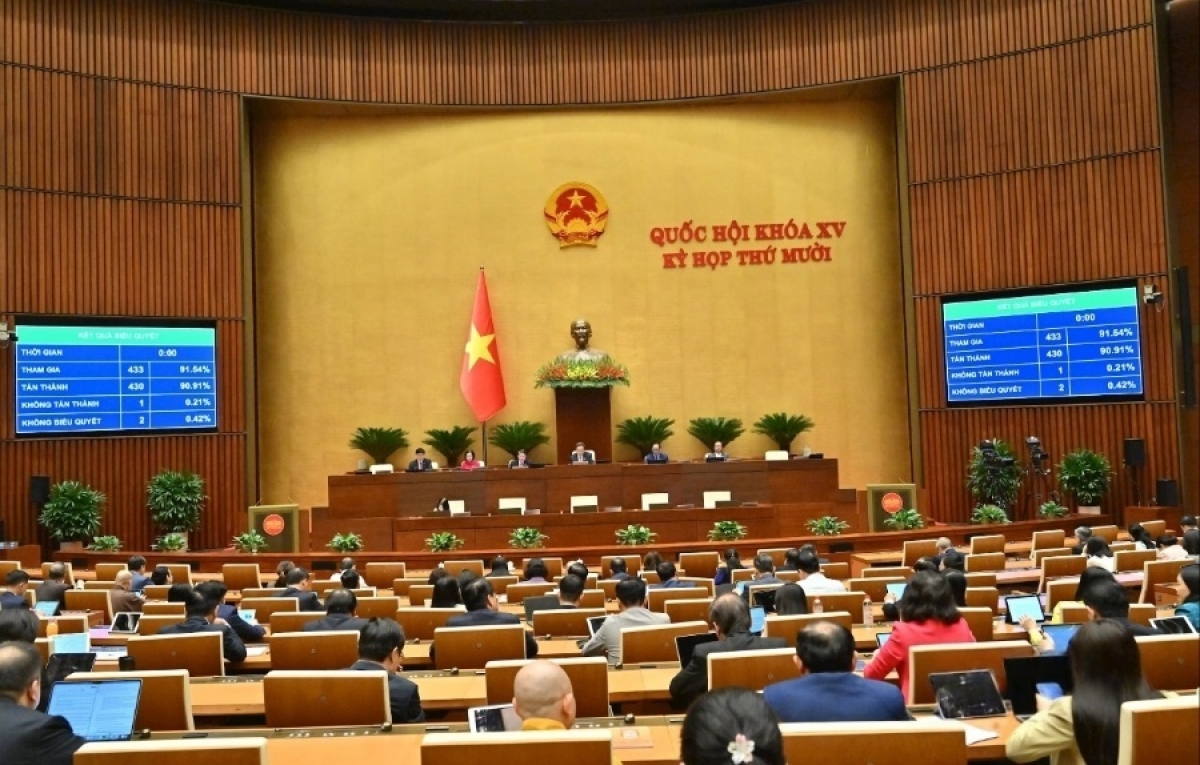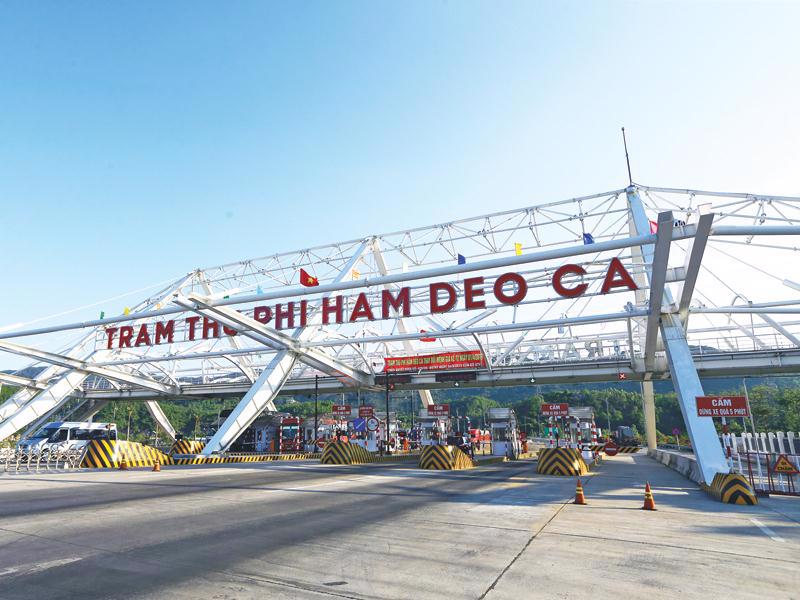INTERNATIONAL INVESTMENT
AND PORTAL
What orientations does Vietnam have to build a carbon market towards the goal of net-zero by 2050?
 Nguyen Tuan Quang, deputy director of the Department of Climate Change under the Ministry of Agriculture and Environment
Nguyen Tuan Quang, deputy director of the Department of Climate Change under the Ministry of Agriculture and Environment
First and foremost, energy transition is a core solution. Vietnam needs to gradually reduce its dependence on fossil fuels and instead utilise renewable and clean energy sources. However, significant efforts are required to achieve this. The nature of renewable energy is unstable, as it is not always sunny or windy.
The second solution involves using energy efficiently and promoting a green and circular economy. Models such as low-emission rice production are exemplary examples.
Thirdly, it is required to develop forests and ecosystems to absorb carbon, especially coastal and marine ecosystems. For example, mangrove forests have the potential to absorb greenhouse gases (GHGs) up to five times more than terrestrial forests. This is a significant advantage that Vietnam needs to leverage for sustainable development.
The fourth solution is carbon capture and storage. We can utilise depleted coal mines and oil and gas fields to capture and store carbon in the geological layers below. This is a potential solution, although the costs are still very high.
The fifth solution is carbon pricing and carbon market development. Currently, 80 countries in the world have applied carbon pricing mechanisms, mainly consisting of carbon taxes and carbon markets.
With the global carbon trading scale reaching $152 billion, many countries have recorded clear effectiveness from carbon pricing mechanisms. What does Vietnam expect when it officially operates a carbon market in 2029?
According to statistics, the carbon pricing solution alone has helped control about 28 per cent of the total global GHG emissions, equivalent to around 12-14 billion tonnes of CO2 per year. The global carbon trading scale has reached $152 billion, with some markets alone reaching $102 billion, demonstrating that this is a truly effective solution.
The EU emissions trading system has been implemented since 2005 and has helped reduce emissions by almost 40 per cent across the region. In Singapore, carbon taxation is also an effective measure to control emissions. China and many other countries are actively developing their carbon markets as well.
Vietnam approved the development of a carbon market in January. From now until 2028, it will conduct pilot operation, and by 2029, it will officially operate and connect with the global carbon market.
In fact, Vietnam is not new to this field. Since the early 2000s, we have been participating in international carbon credit trading mechanisms such as the clean development mechanism and the Vietnam-Japan carbon credit exchange, as well as other independent mechanisms like Vera and Gold Standard.
What legal steps has Vietnam taken to lay the foundation for a carbon market in the context of the market expected to be put into trial operation by the end of 2025?
Vietnam has established legal frameworks in this area, including 2022 regulations on reduction of GHG emissions and protection of the ozone layer. The most recent update was issued in June.
The Ministry of Finance has submitted a decree on the establishment of a carbon exchange. This exchange will focus on managing and trading domestic carbon credits according to domestic standards, while also adhering to international standards as stipulated in articles 6.2 and 6.4 of the Paris Agreement, as well as independent mechanisms like Vera and Gold Standard.
All these credits will need to be registered on a unified system to ensure centralised and transparent management.
In parallel, the Ministry of Agriculture and Environment is also developing a decree on international exchange of GHG emission reduction results and carbon credits. This is an extremely important step because if international credit transactions are carried out with corresponding adjustments, Vietnam’s remissions reduction will no longer be counted towards the national target but will instead be considered a contribution of the purchasing country.
What should Vietnam do to ensure that carbon credits are generated in a transparent, internationally recognised, and properly calculated manner?
Vietnam needs to pay special attention to two issues. Firstly, each type of carbon credit must be generated according to specific standards and methods. These methods must ensure transparency and compliance with regulations.
Secondly, the trading of carbon credits must be centrally managed by the state. Without proper regulation, there will be two consequences: the national commitment to emission reduction will not be achieved if credits are sold abroad without control. The domestic market will lack a supply of credits for industries that need to fulfil emission obligations.
For example, from 2026, airlines in Vietnam will have to fulfil emission reduction obligations. If we do not allocate a portion of credits to offset for domestic businesses, airlines will be forced to buy credits from abroad at higher prices.
According to Vietnam Airlines, the current amount of carbon credits needed by airlines has reached approximately 2.3 million. Other transport industries such as maritime will also have to comply with emission reduction obligations.
In addition, we are also facing mechanisms such as the EU’s Carbon Border Adjustment Mechanism. Goods such as steel and cement when exported to the EU from 2026 will face technical barriers related to carbon emissions.
If Vietnam does not have strict regulation and management in carbon credit trading, there will be serious consequences, both economically and in terms of achieving net-zero commitments.
 Ministry of Finance issues plan to develop carbon market
Ministry of Finance issues plan to develop carbon market
The Ministry of Finance issued a plan in late May to implement the tasks assigned by the prime minister to establish and develop a carbon market in Vietnam.
 Carbon trading platform set for trial run by end of year
Carbon trading platform set for trial run by end of year
Vietnam is expediting efforts to establish a carbon market, aiming to launch a pilot phase by the end of 2025 as part of its broader climate agenda and net-zero emissions commitment by 2050.
 Forging Vietnam’s carbon market: from policy framework to practical action
Forging Vietnam’s carbon market: from policy framework to practical action
Vietnam is laying the groundwork for a national carbon market, aligning legal, technical, and financial frameworks to meet the country’s net-zero commitment by 2050 amid growing global climate urgency.
